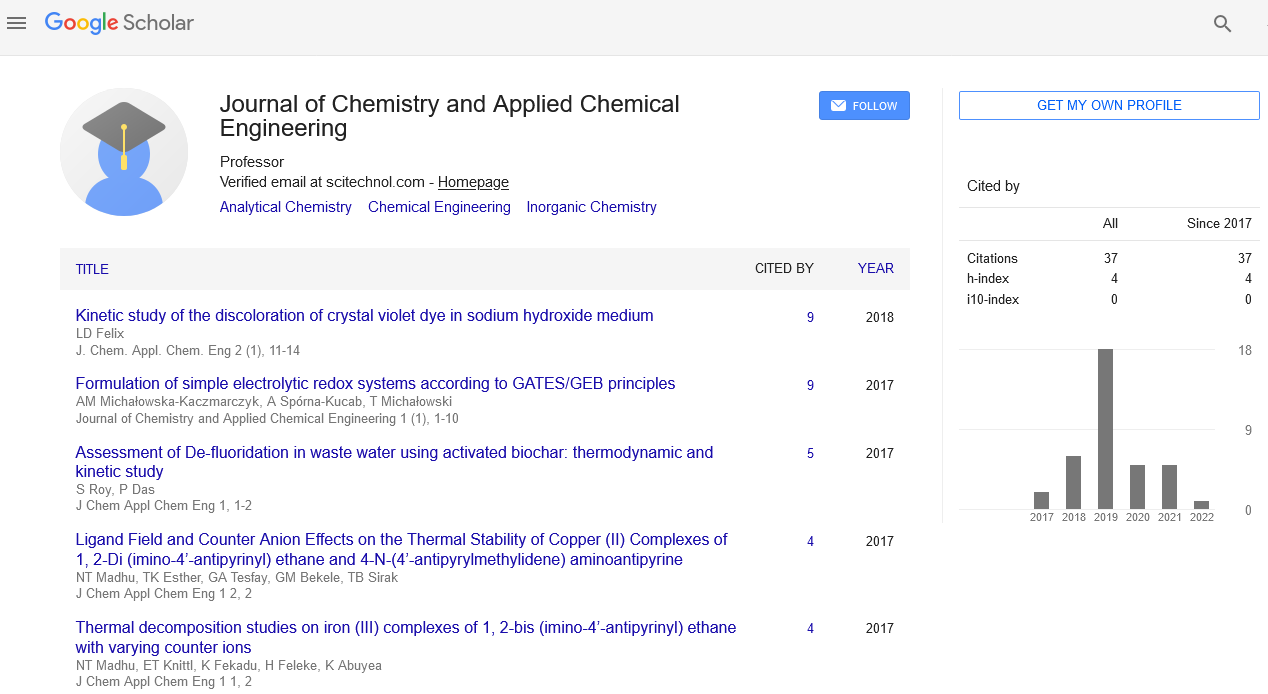Enhancing the efficiency of oil and gas drilling by incorporating nanoparticles in drilling fluids: A review
Zisis Vryzas
Lebanese American University, Lebanon
: J Chem Appl Chem Eng
Abstract
Word of the promise of nanotechnology is spreading rapidly and nanomaterials are garnering considerable attention from several industries. Nanofluids have shown their distinctive properties and offer unprecedented potential for many applications. Oil and gas drilling industry could not be an exemption of this norm. Over the last five years, nanofluids have been the centre of activity for several researchers and are set to substantially influence the landscape of drilling fluid industry. This study summarizes progress in the past few years on the utilization of nanofluids and presents a critical review of the results as well as evaluates the applications of nanomaterial for smart fluids formulation. Factors such as type, size and shape of nanoparticles, volumetric concentration, and addition of different surfactants and application of an external magnetic field are discussed and critically evaluated. Furthermore, challenges and directions for future research are also presented. The critical review reveals the advantages of nanofluids compared to conventional fluids. Their judicious customization allows the formulation of drilling fluids with madeto- order properties, which can mitigate problems such as formation damage, borehole instability, lost circulation, as well as rheological and chemical instability issues. Work has also shown that the microstructures that develop upon nanoparticle addition are the culprits for such superior performance as identified from critical comparisons of SEM/TEM images. Due to their unique features compared to the parent materials and their easy manipulation to perform certain functional tasks, nanomaterials can retain their properties over a wide range of operating conditions. Engineering high-performance drilling fluid systems with excellent characteristics can help operators run at peak efficiency by achieving the reservoirs’ highest potential while eliminating the use of aggressive and potential damaging chemicals and minimizing non productive time (NPT).
Biography
E-mail: zisis.vryzas@lau.edu.lb
 Spanish
Spanish  Chinese
Chinese  Russian
Russian  German
German  French
French  Japanese
Japanese  Portuguese
Portuguese  Hindi
Hindi 